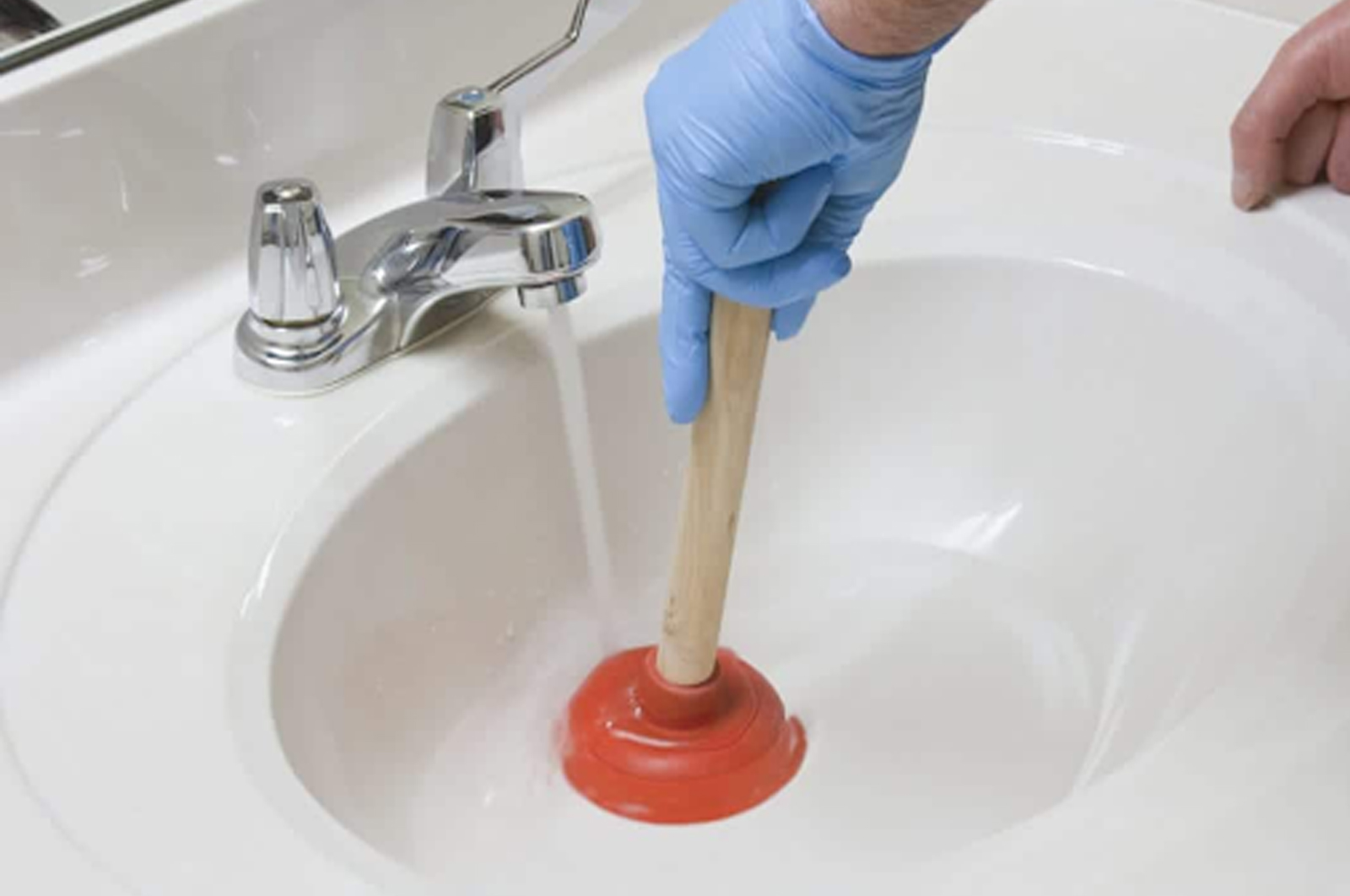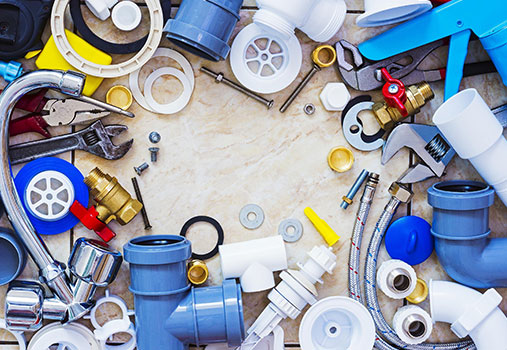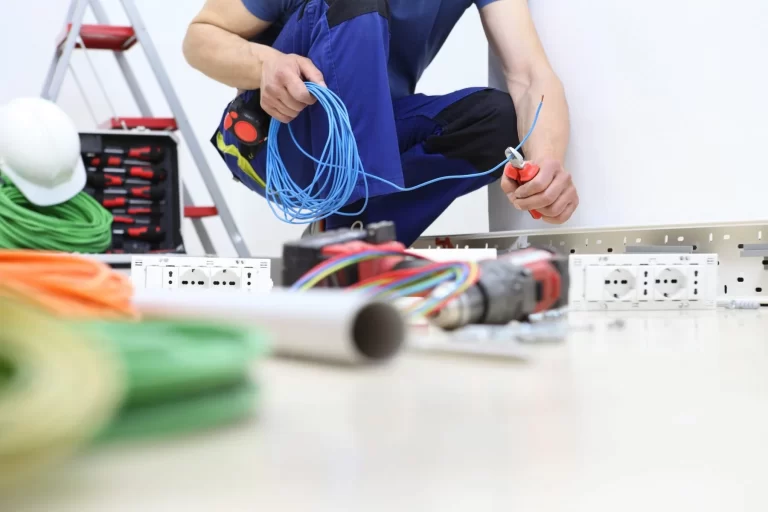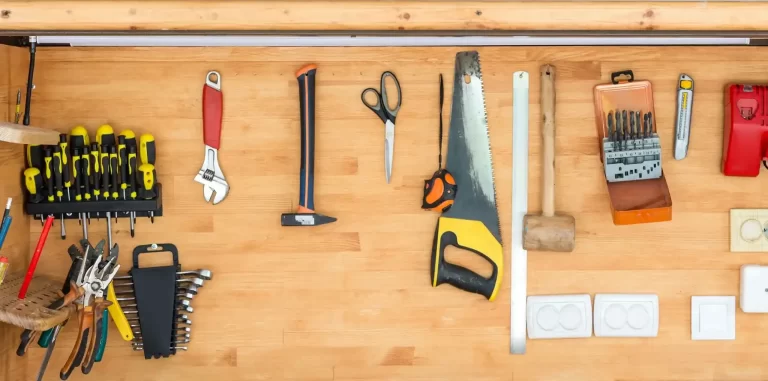Unclogging a Sink Drain
Unclogging a Sink Drain: A Step-by-Step Guide
In the digital world, understanding and implementing Search Engine Optimization (SEO) is crucial for bloggers. SEO is the process of optimizing your website to gain higher search engine rankings and attract more visitors. This post will guide you through essential SEO tips to enhance your blog’s visibility and success.

1. Keyword Research is Essential
1. Gather Your Tools and Supplies
Before you start, make sure you have the following items:
- Plunger
- Bucket
- Plumber’s snake (also known as a drain auger)
- Baking soda and vinegar (optional)
- Rubber gloves
- Towels or rags
2. Prepare the Area
Clear the area under the sink and place a bucket underneath the drain pipe to catch any water or debris that may spill out. Lay down towels or rags to protect the surrounding area.
3. Try a Plunger
- Fill the Sink: Add enough water to the sink to cover the plunger’s cup. This helps create a better seal.
- Position the Plunger: Place the plunger over the drain and make sure it’s fully submerged.
- Pump the Plunger: Push down and pull up with steady, forceful motions. Repeat this several times to try and dislodge the clog.
- Check for Drainage: Remove the plunger and see if the water drains. If not, move on to the next step.
4. Use a Plumber’s Snake
- Insert the Snake: Carefully insert the snake into the drain and start turning the handle. The snake will extend into the pipe and help break up or hook the clog.
- Push and Turn: As you push, turn the snake in a clockwise direction. This helps the snake navigate through the pipe and catch the obstruction.
- Pull Out the Clog: Once you feel resistance, pull the snake out slowly. You may need to repeat the process a few times to remove all of the blockage.
- Run Water: After using the snake, run hot water down the drain to flush out any remaining debris.
5. Try Baking Soda and Vinegar (Optional)
- Add Baking Soda: Pour about half a cup of baking soda down the drain.
- Add Vinegar: Follow with half a cup of vinegar. You’ll see fizzing, which helps break down the clog.
- Wait: Allow the mixture to sit for about 15-30 minutes. This can help dissolve any remaining grease or grime.
- Flush with Hot Water: After the waiting period, flush the drain with hot water to clear out the debris.
6. Check the P-Trap
If the sink is still clogged, the issue may be with the P-trap, the curved pipe under the sink.
- Remove the Trap: Place a bucket under the trap, then unscrew the connectors. Be prepared for some water to spill out.
- Clean the Trap: Remove any debris and rinse it out.
- Reassemble: Put the trap back in place and tighten the connectors. Check for leaks.
7. Test the Drain
Turn on the faucet and check if the water flows freely. If the problem persists, you may need to call a professional plumber to address more serious issues.
8. Prevent Future Clogs
- Use a Drain Strainer: To catch food particles and other debris.
- Avoid Pouring Grease: Dispose of grease and oil in the trash instead of down the drain.
- Regular Maintenance: Use baking soda and vinegar occasionally to keep your pipes clean.
Conclusion
By following these steps, you can effectively unclog your sink drain and maintain a smoothly operating plumbing system. Remember, if you’re ever unsure or the clog seems severe, don’t hesitate to reach out to a professional handyman for assistance.







